Beavertail Cactus Care – How To Grow A Beavertail Prickly Pear Cactus
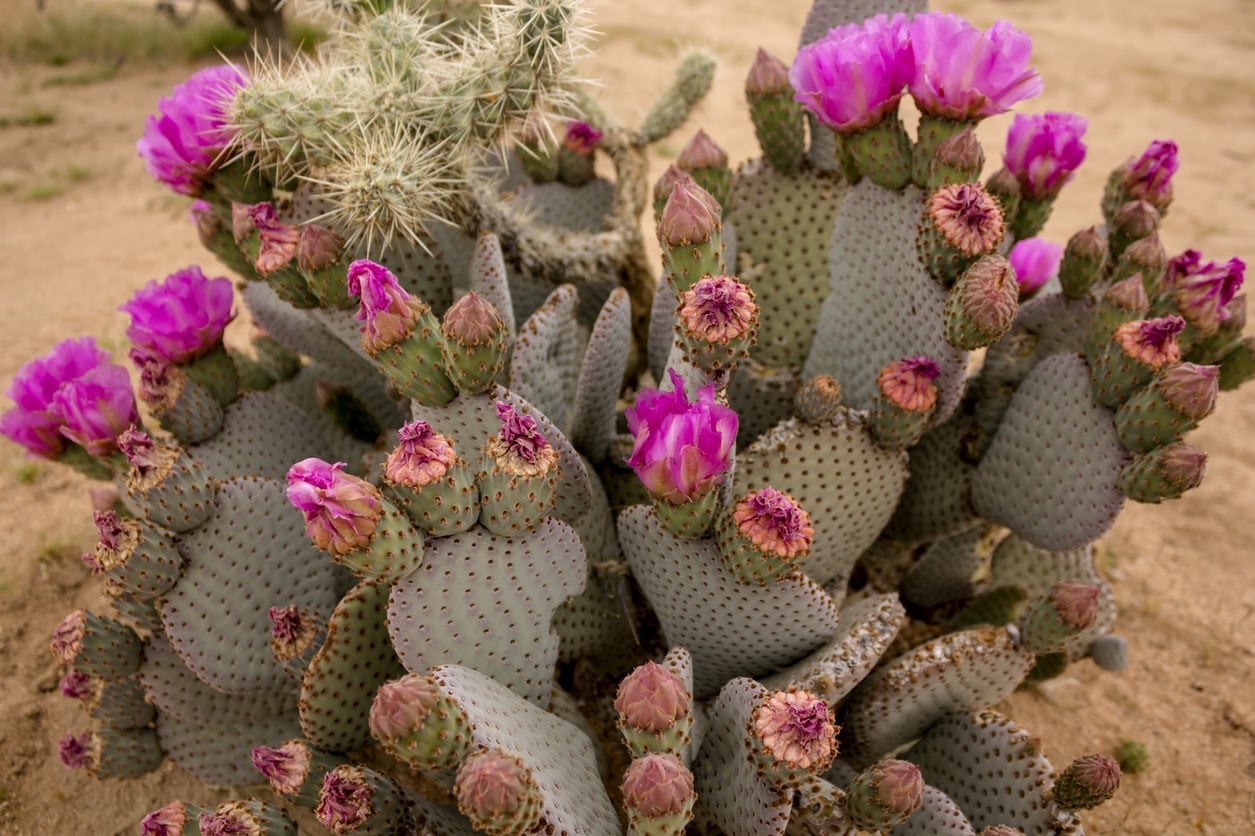

More familiar as prickly pear or beavertail prickly pear cactus, Opuntaria basilaris is a clumping, spreading cactus with flat, grayish-green, paddle-like leaves. Although this prickly pear cactus adds year-round interest, it absolutely glows with brilliant, rose-purple blooms open in spring and early summer. Have we piqued your curiosity? Read on for more beavertail prickly pear information.
Beavertail Prickly Pear Info
Native to the deserts of the southwestern United States and northwest Mexico, beavertail prickly pear is well suited for rock gardens, cactus gardens, or xeriscape landscapes in USDA plant hardiness zones 8 and above. Growing beavertail cactus in containers is perfect for a sunny patio or deck. However, you’ll need to bring the plant indoors during the winter if you live in a chilly northern climate. Beavertail prickly pear cactus is generally disease-free, deer and rabbit proof, and requires very little care. The blooms attract hummingbirds and songbirds, as well as a variety of bees and other beneficial insects. One of these remarkable plants can bear hundreds of fleshy leaves. Although the leaves are spineless, they are covered with formidable barbed bristles.
Beavertail Cactus Care
Growing a beavertail cactus is extremely easy, as long as you provide full sunlight and nearly any type of well-drained, sandy or gravelly soil. Here are a few tips on the care of beavertail prickly pear: Plant prickly pear cactus away from walkways and picnic areas. The bristly spines are extremely irritating to the skin. Water a newly planted cactus every two to three weeks. Thereafter, no supplemental irrigation is required. Never allow the plant to sit in soggy, poorly drained soil. Fertilizer generally isn’t needed. However, you can apply a dilute solution of a water-soluble occasionally during spring and summer. Remove pads, if necessary, to control size and spread. You can also remove dead pads to keep the plant vibrant and attractive. (Wear gloves!) Propagate a new beavertail prickly pear cactus by removing a pad. Set the pad aside for a couple of days until a callus develops on the cut end, then plant the pad in a mixture of half soil and half sand.
Gardening tips, videos, info and more delivered right to your inbox!
Sign up for the Gardening Know How newsletter today and receive a free copy of our e-book "How to Grow Delicious Tomatoes".

A Credentialed Garden Writer, Mary H. Dyer was with Gardening Know How in the very beginning, publishing articles as early as 2007.
-
 Looking For Plants To Give You The Soft And Fuzzies? Try These 5 Fuzzy Leaf Plant Options
Looking For Plants To Give You The Soft And Fuzzies? Try These 5 Fuzzy Leaf Plant OptionsLovers of texture, drama, silver foliage and tactile plants will adore these special sensory garden additions. These fuzzy leaf plant options will leave you all aglow
By Susan Albert
-
 Get Ready For A Summer Of Hummers! Grow These Full Sun Hummingbird Plants and Flowers
Get Ready For A Summer Of Hummers! Grow These Full Sun Hummingbird Plants and FlowersIf you’re lucky enough to enjoy a sunny backyard, make sure you are maxing out on your pollinator opportunities and grow these full sun hummingbird plants and flowers
By Tonya Barnett
-
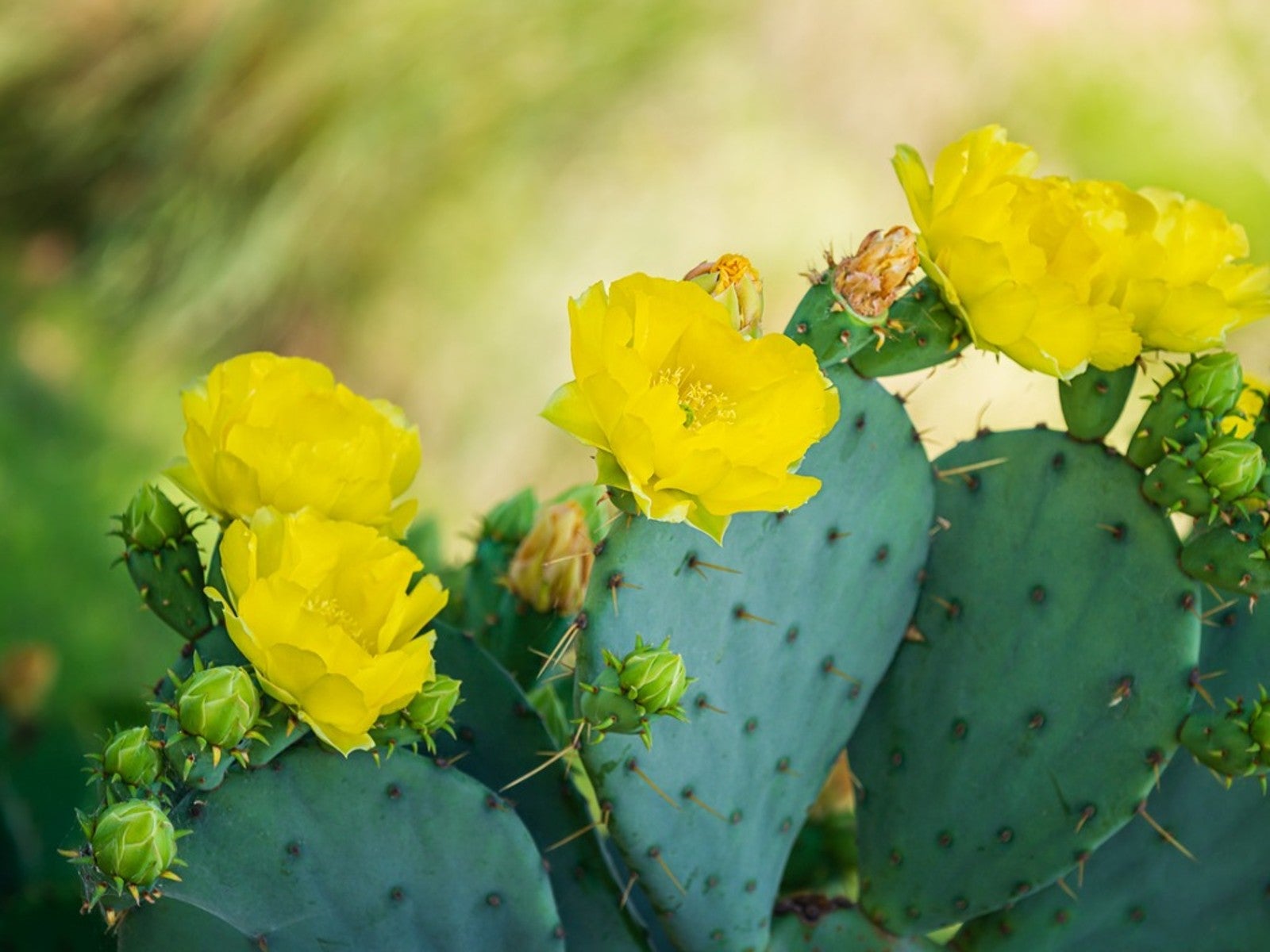 Growing Cold Hardy Eastern Prickly Pear Cactus
Growing Cold Hardy Eastern Prickly Pear CactusFor info on growing cold hardy eastern prickly pear cactus, look no further, just click here!
By Becca Badgett
-
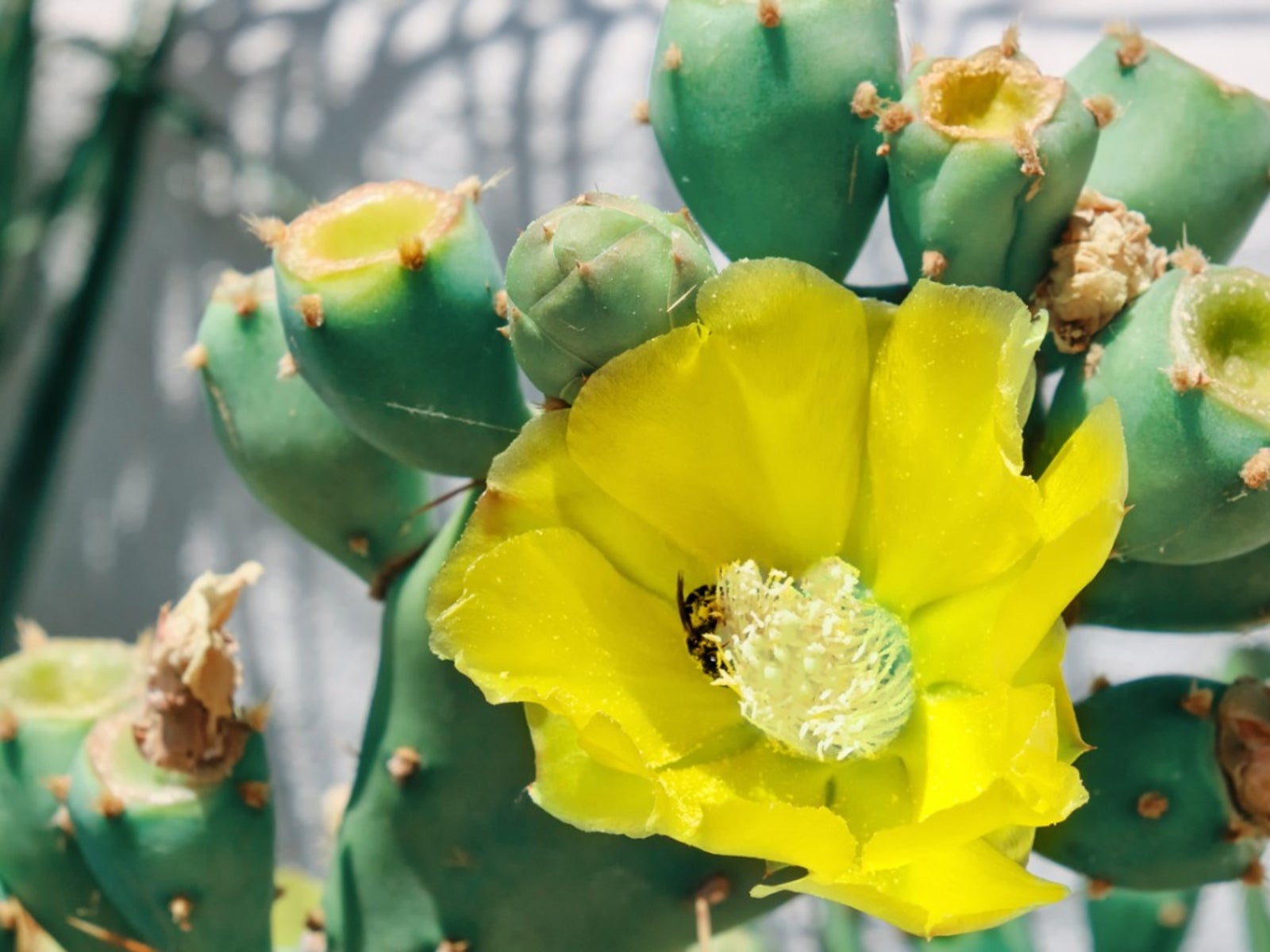 Spineless Prickly Pear Info – Tips For Growing Ellisiana Prickly Pears
Spineless Prickly Pear Info – Tips For Growing Ellisiana Prickly PearsIf you are among the many gardeners who like cactus but don’t like spines, it may be time to consider installing ellisiana cactus in your backyard, better known as spineless prickly pear. Click here for information on growing ellisiana prickly pear.
By Teo Spengler
-
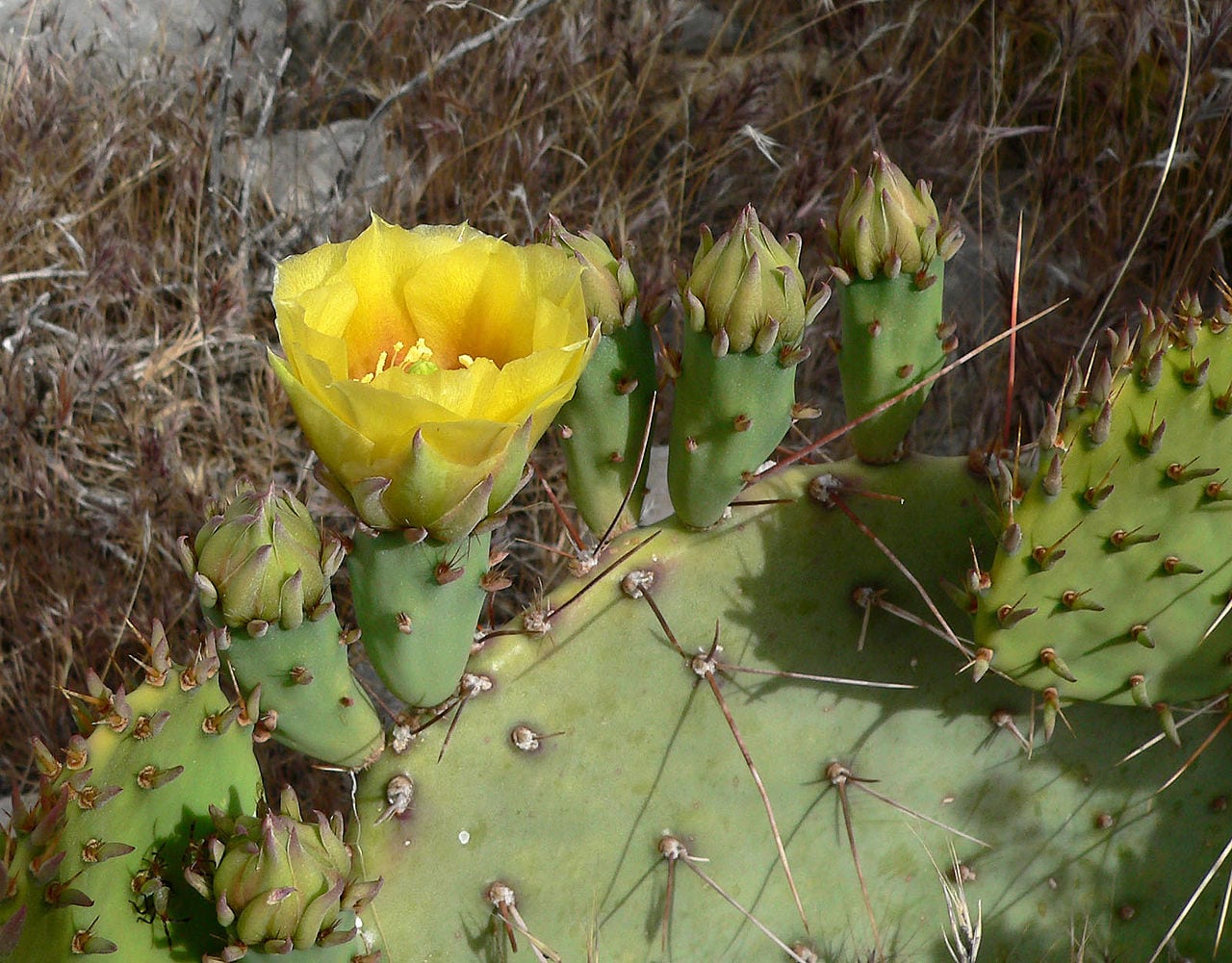 Engelmann Prickly Pear Info – Learn About Growing Cactus Apple Plants
Engelmann Prickly Pear Info – Learn About Growing Cactus Apple PlantsEngelmann prickly pear, also commonly called cactus apple plants, is a wide-ranging species of prickly pear. This is a pretty plant for desert gardens, and it will grow at a moderate rate to fill in large spaces. Learn more about it in this article.
By Mary Ellen Ellis
-
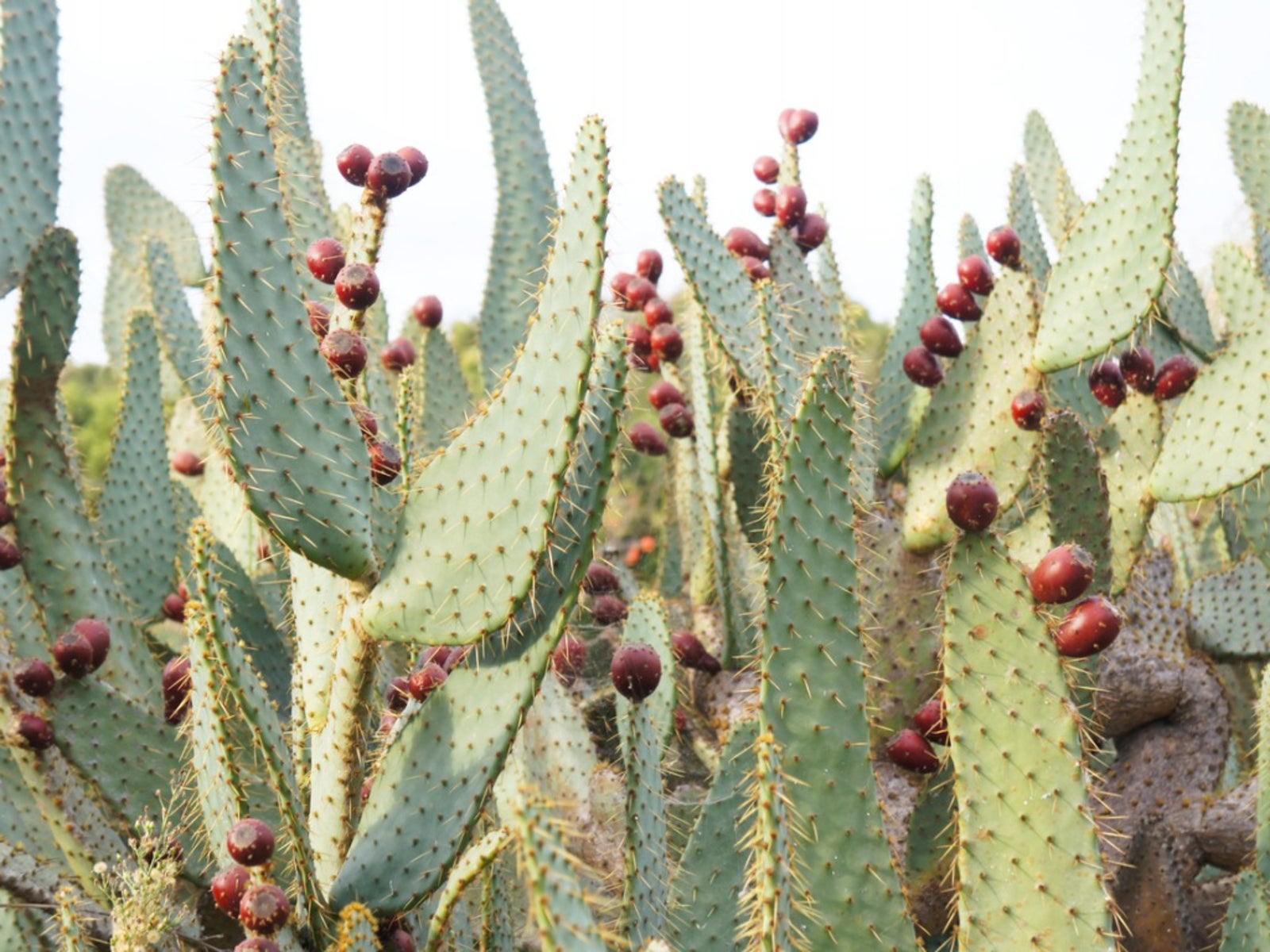 Cow’s Tongue Plant Care: How To Grow A Prickly Pear Cow’s Tongue
Cow’s Tongue Plant Care: How To Grow A Prickly Pear Cow’s TongueFolks that live in hot climates often utilize plants that are drought tolerant. A great example is a cow’s tongue prickly pear. Besides having a fabulous tongue in cheek name, it is very tolerant of heat and dry conditions, plus it makes a great barrier. Learn more here.
By Amy Grant
-
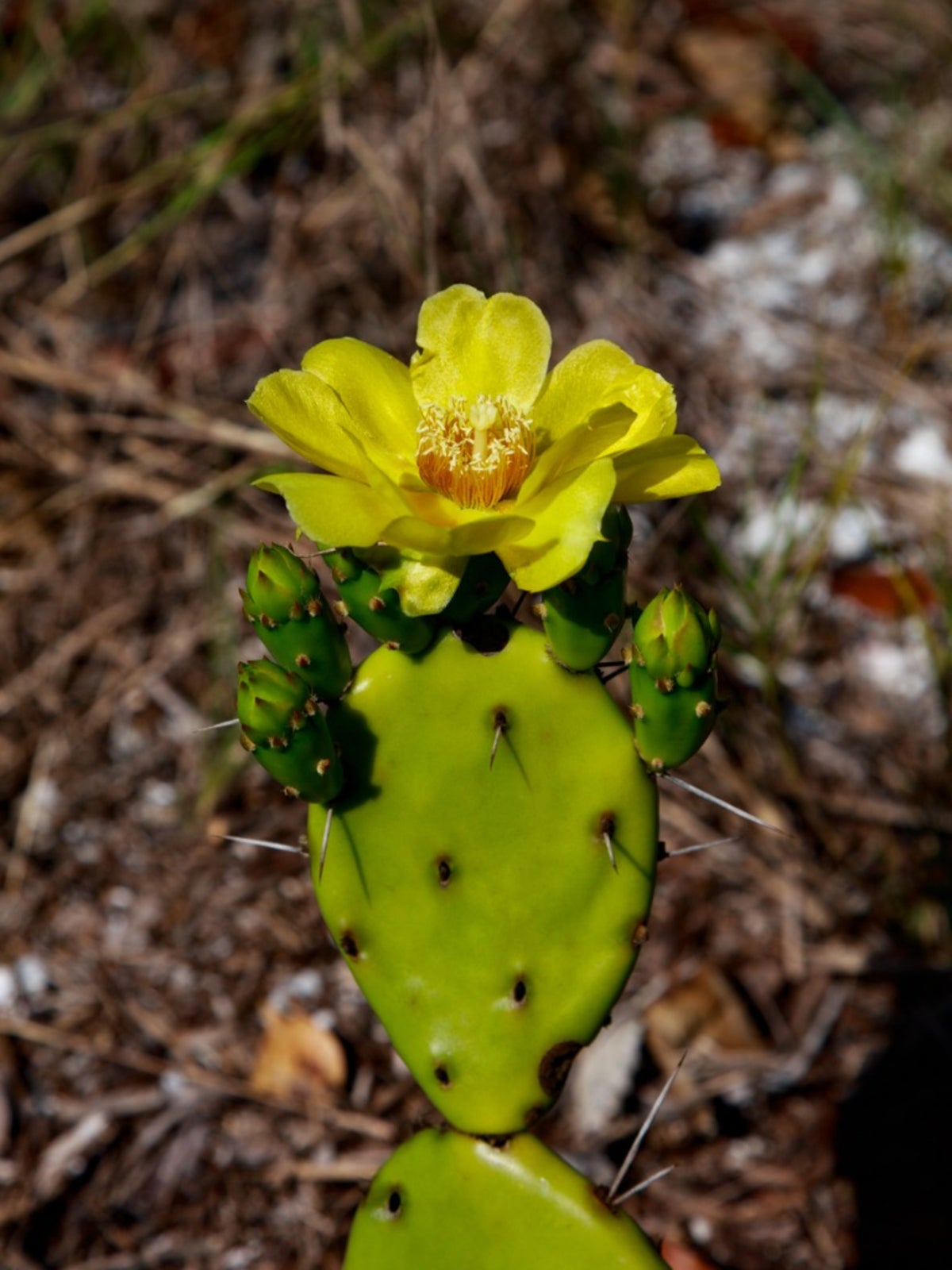 Tulip Prickly Pear Info: Guide To Growing Brown Spined Prickly Pears
Tulip Prickly Pear Info: Guide To Growing Brown Spined Prickly PearsWhat is a tulip prickly pear? This cactus is also known as brown spined prickly pear for its rust to reddish brown spines. If you live in warm, arid regions, learn how to grow brown spined prickly pear and add its unique flowers to your garden. This article will help.
By Bonnie L. Grant
-
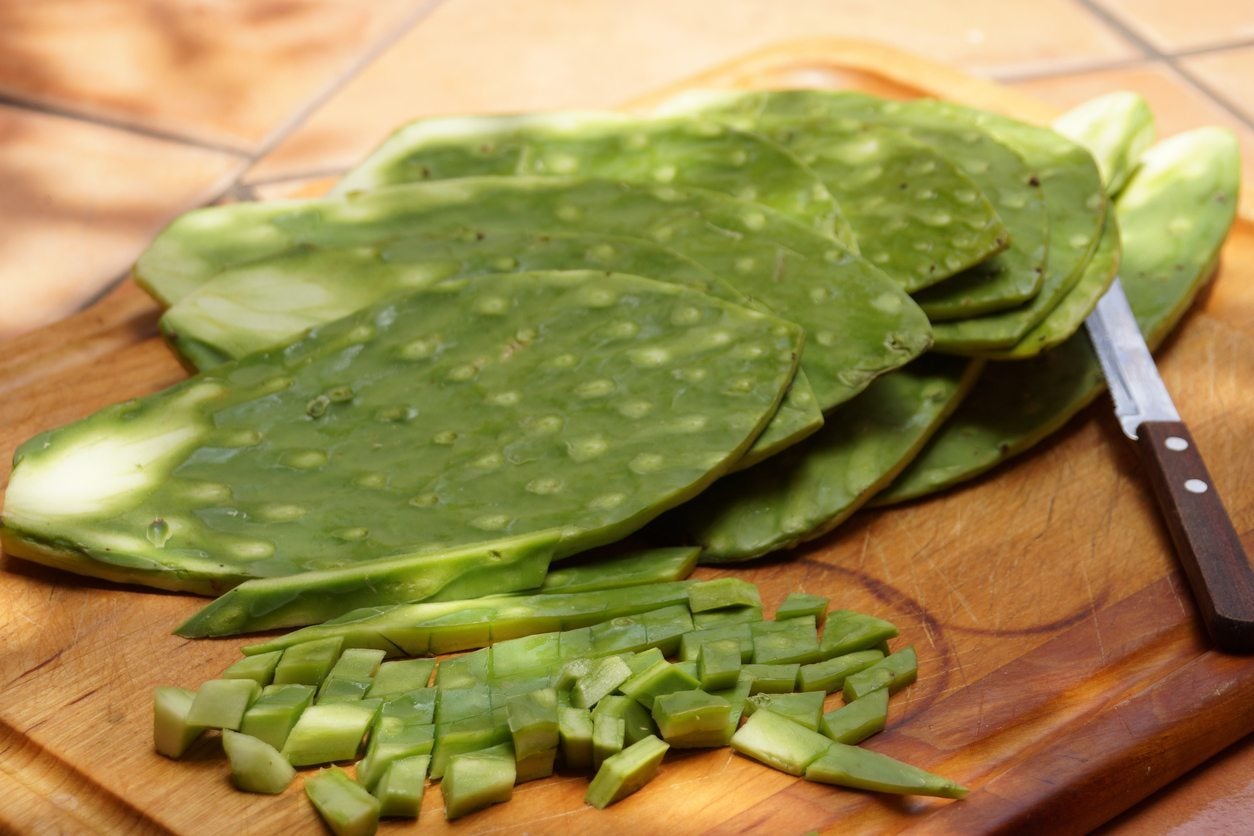 Harvesting Edible Cactus Pads – How To Pick Cactus Pads To Eat
Harvesting Edible Cactus Pads – How To Pick Cactus Pads To EatOpuntia produces several types of edibles. The fruits are delicious in jams and jellies. But can you eat cactus pads? Yes, the broad, succulent pads can be eaten raw or cooked. You just need to know how to pick cactus pads and how to prepare them. This article will help.
By Bonnie L. Grant
-
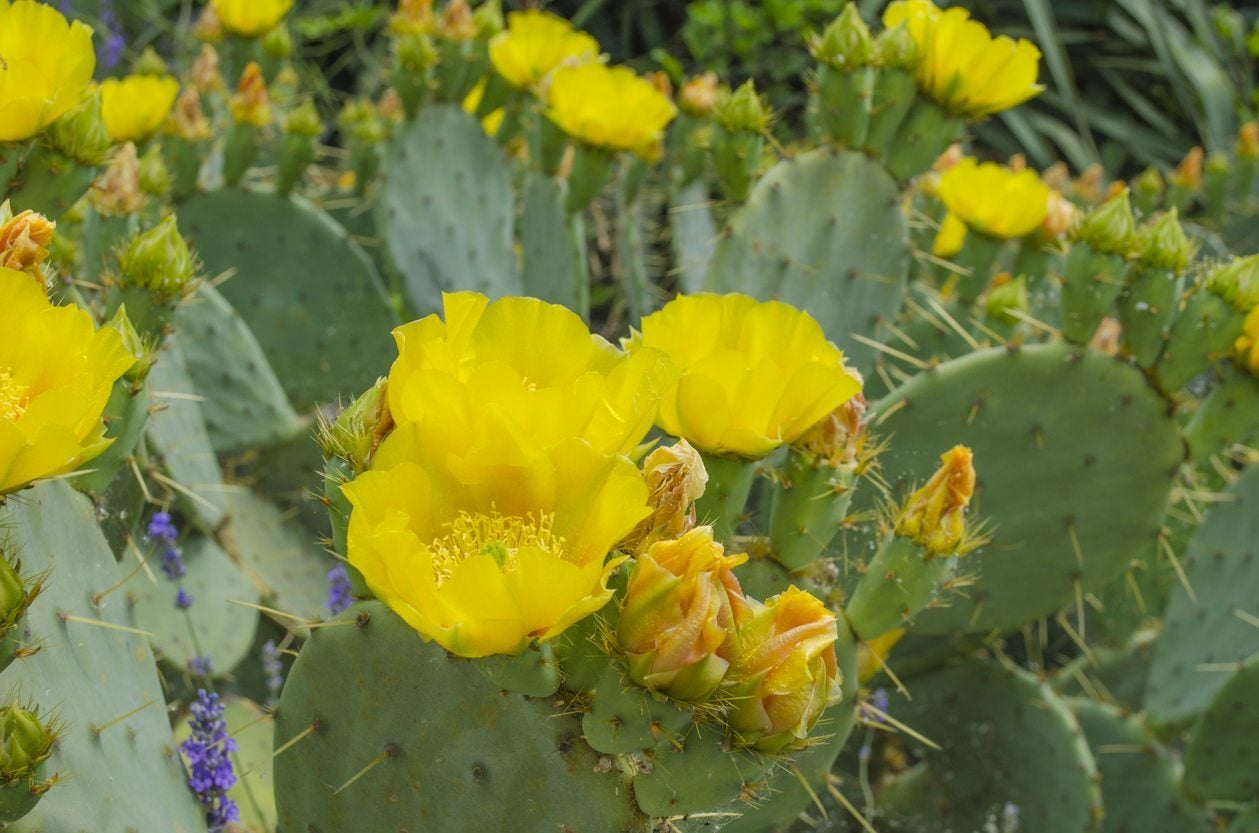 Opuntia Barbary Fig Info: How To Grow A Barbary Fig Plant
Opuntia Barbary Fig Info: How To Grow A Barbary Fig PlantOpuntia ficus-indica is more commonly known as a Barbary fig, a variety of prickly pear cactus. This desert plant has been used for centuries as food, fending, and even dye. Growing Barbary fig plants is both rewarding and useful. Learn more in this article.
By Mary Ellen Ellis
-
 Opuntia Cactus Varieties: What Are Different Types Of Opuntia Cactus
Opuntia Cactus Varieties: What Are Different Types Of Opuntia CactusOpuntia is the largest genus in the cactus family. You will recognize most by their classic "prickly pear" appearance. Growing Opuntia in gardens adds desert appeal and unique flora to the landscape. Learn more about the plants in this article.
By Bonnie L. Grant